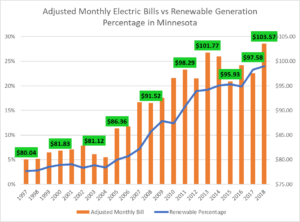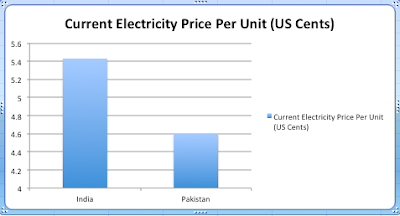Electrostatic
A capacitor comprises dielectric material between two metallic plates. A dielectric material goes about as an encasing while the metallic plates go about as conduits. Wires are joined to the conduits (called terminals) for the charge to stream into the electric circuit. An electric field is made when a voltage is applied across the two conductive plates. On one side of the plate, a positive charge will amass; the other plate will aggregate a negative charge. The Express Energy Reviews the amassing of negative charge on one plate is considered charging and the arrival of this energy is considered releasing.
Capacitance is how much energy a capacitor can store and it is estimated in farads, F. The bigger the plates, the more energy can be put away. Capacitance can be expanded by drawing the plates nearer together as the charges will have a more grounded impact at a nearer distance. In the electrostatic model, the variable capacitor goes about as an electromechanical transducer. A voltage is expected across the capacitor for there to be electrical energy. Regularly, a spring is utilized as a mechanical moderate, which brings about a reverberating design.

The most straightforward to comprehend is an arrangement of two equal plate capacitors where one of the plates is fixed. The plate that isn’t fixed is allowed to move with the outer resounding recurrence. As this plate moves, the distance between the two plates differs, which thusly fluctuates capacitance. Two alternate ways of accomplishing a comparable impact are by factor region and variable dielectric steady.
Condition portrays how energy (E) can be gathered per the pattern of development when one of the plates is fixed. Q addresses the charge. Cmin addresses the base capacitance and Cmax addresses the greatest capacitance.
???? = 1/2 ????2(1???????????????? − 1????????????????)
To make energy from the charged capacitance, a transformation framework is utilized. There are two ordinarily utilized transformation systems, voltage-compelled and charge-obliged. An electrostatic converter utilizes a mechanical medium and electric circuit to change over outer energy into electrical energy.
Triboelectric
Electric flow is the progression of electrons through an electric circuit. The development of electrons is brought about by the making of a charge awkwardness, or voltage. In triboelectric nanogenerators, this charge lopsidedness is made when two materials on the furthest edges of the triboelectric series momentarily interact with one another. The triboelectric series orchestrates materials by their preparation to part with or take electrons.
A few normal materials that promptly give electrons incorporate cowhide, human hair, and paper. A few normal materials that promptly acknowledge electrons incorporate wood, Teflon, and gold. At the point when the giver material and the acceptor material come in touch, impermanent electrochemical bonds are framed between the two. These bonds give the pathway to the benefactor material to send electrons to the acceptor material. Since this happens quickly, triboelectric nanogenerators hypothetically have no base or most extreme working recurrence. Whenever the two materials are isolated, the contributor material has fewer electrons than expected, which brings about a net positive charge. The acceptor material, then again, has a net negative charge. Since one material has a net negative charge and one has a net positive charge, there is a charge lopsidedness between the two. Assuming that the two materials are associated using a wire while they are as yet isolated, the charge unevenness will make the additional electrons from the acceptor material stream back to the benefactor material. This progression of electrons is viewed as the electric flow. This cycle is rehashed when the benefactor and acceptor materials come in contact once more.

